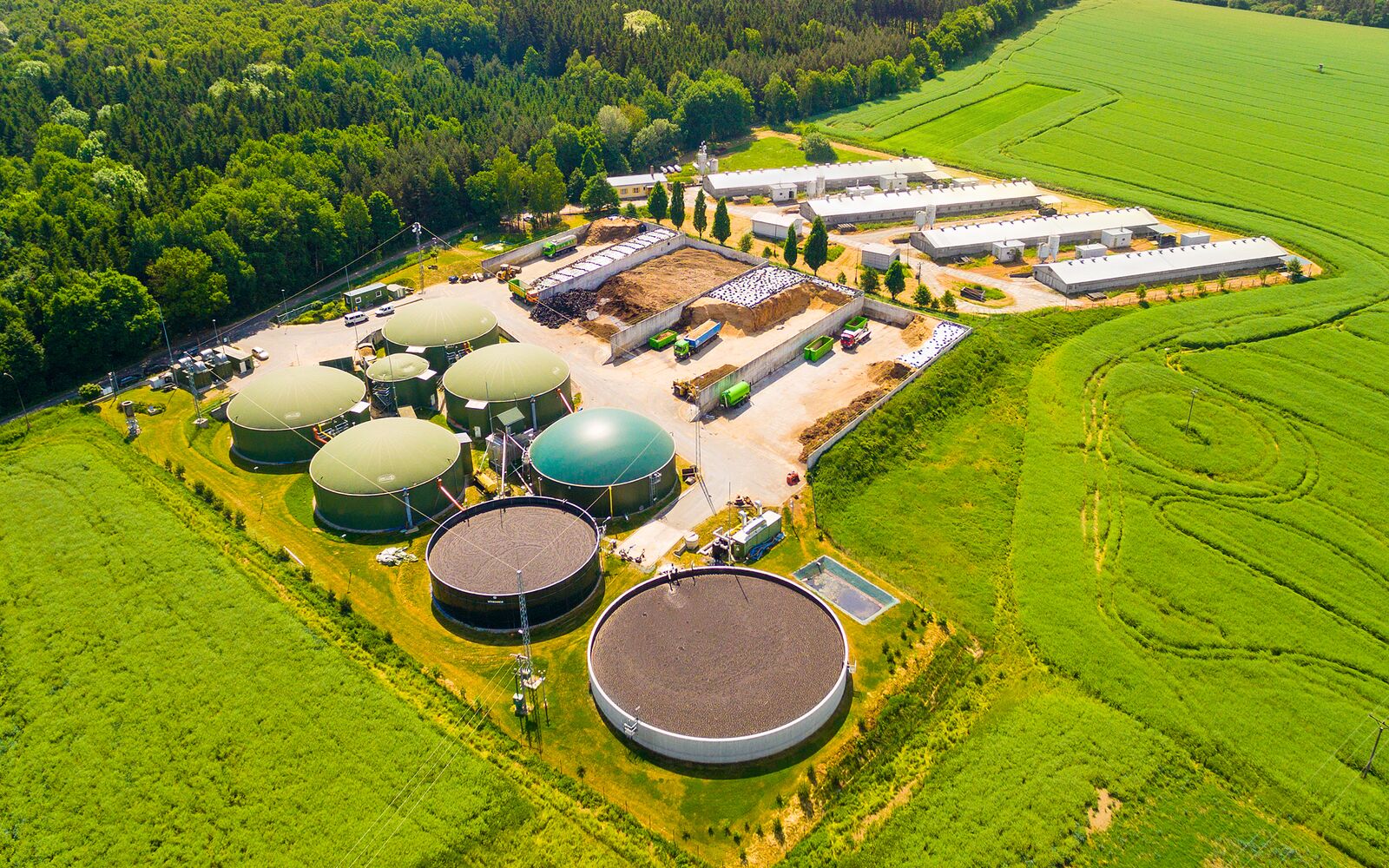In a rapidly changing world, energy plays a pivotal role in shaping our future. As the demand for cleaner and sustainable energy solutions continues to rise, it becomes imperative to explore new frontiers in energy. This blog delves into the exciting developments and emerging technologies that are empowering the future of energy.
I. The Current Energy Landscape
The existing energy sources, although valuable, face limitations that hinder their long-term sustainability. Fossil fuels contribute to environmental degradation and climate change, while nuclear energy raises concerns about safety and waste disposal. These challenges have paved the way for a shift towards cleaner alternatives.
II. Emerging Technologies in Energy
A. Renewable Energy Sources:
Renewable energy offers a promising solution to meet our energy needs while minimizing environmental impact.
- Solar Power: Advances in solar panel technology have significantly improved efficiency, making solar power more accessible and cost-effective. From large-scale solar farms to rooftop installations, solar energy is revolutionizing the way we harness the sun’s power.
- Wind Power: Innovations in wind turbine design and placement have made wind power a reliable and scalable source of clean energy. Offshore wind farms and advancements in wind turbine technology are expanding the potential for harnessing wind energy.
- Hydropower: Besides traditional hydropower plants, new technologies such as kinetic and tidal energy are being explored to maximize energy extraction from water sources.
- Geothermal Energy: The untapped potential of geothermal energy is gaining attention. Utilizing the Earth’s heat for power generation has significant benefits and can provide a stable energy source.
B. Energy Storage Solutions:
Effective energy storage is crucial for balancing intermittent renewable energy generation with demand.
- Battery Technologies: Advancements in battery technology, including lithium-ion batteries and beyond, are enabling efficient energy storage at various scales. These innovations support renewable energy integration and grid stability.
- Hydrogen Storage: Hydrogen is emerging as a versatile energy carrier, with the potential for long-duration storage and zero-emission applications. Research and development are underway to improve hydrogen production, storage, and utilization.
- Other Emerging Storage Technologies: Supercapacitors, flywheels, and other storage solutions are being explored for their unique advantages in specific applications.
C. Smart Grids and Energy Management:
Intelligent energy grids and management systems optimize energy distribution, consumption, and efficiency.
- Smart Grids: By integrating advanced sensors, communication networks, and real-time data analysis, smart grids enhance the reliability and resilience of energy systems. They enable better monitoring, demand response, and the integration of distributed energy resources.
- Energy Management Systems: Leveraging automation and data analytics, energy management systems optimize energy usage in buildings, industrial processes, and transportation. These systems offer insights for energy conservation, load balancing, and cost reduction.
III. The Role of Artificial Intelligence and Big Data
Artificial Intelligence (AI) and big data analytics are transforming the energy sector, driving innovation and efficiency.
A. AI in Energy Generation and Distribution: AI algorithms optimize renewable energy forecasting, grid operations, and predictive maintenance, improving system reliability and reducing costs.
B. AI in Energy Consumption: Smart home technologies and AI-powered devices enable consumers to monitor and manage their energy usage effectively. Machine learning algorithms analyze data patterns to suggest energy-saving actions and enhance user comfort.
C. AI for Renewable Energy Integration: AI algorithms optimize the integration of intermittent renewable energy sources into the grid, ensuring stability, and minimizing curtailment.
IV. Cutting-Edge Research and Future Possibilities
The energy sector is witnessing ongoing research and development, paving the way for groundbreaking technologies.
A. Advanced Energy Storage: Research focuses on developing high-capacity, low-cost, and environmentally friendly energy storage solutions, such as solid-state batteries and flow batteries.
B. Fusion Energy: Efforts are underway to unlock the potential of nuclear fusion as a clean and virtually limitless energy source. Fusion reactors hold the promise of safe, sustainable, and abundant power generation.
C. Next-Generation Solar: Scientists are exploring new solar technologies, including perovskite solar cells and solar paint, to enhance efficiency and reduce manufacturing costs.
V. Environmental and Economic Benefits
Exploring frontiers in energy brings about significant advantages for the environment and economy.
A. Environmental Benefits: Transitioning to cleaner energy sources reduces greenhouse gas emissions, mitigates climate change, and improves air quality, benefiting both current and future generations.
B. Economic Growth and Job Creation: Investing in the energy transition spurs economic growth, innovation, and job creation in renewable energy industries, manufacturing, and research and development.
Takeaway
As we venture into the future, exploring the frontiers of energy is crucial for sustainable development. The emergence of renewable energy sources, energy storage technologies, AI, and big data analytics offer unprecedented opportunities. By embracing these innovations and transitioning towards cleaner energy, we can empower the future, creating a brighter and more sustainable world for generations to come. Let us continue supporting and investing in these transformative technologies to shape the energy landscape of tomorrow.











